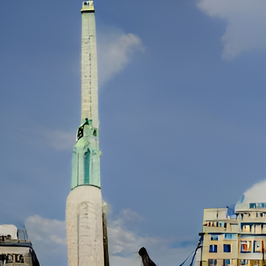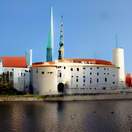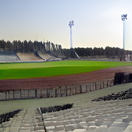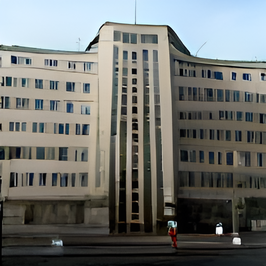Riga (TheodoresTomfooleries): Difference between revisions
Jump to navigation
Jump to search
mNo edit summary |
No edit summary |
| (One intermediate revision by the same user not shown) | |
(No difference)
| |
Latest revision as of 19:47, 29 November 2022
Riga
Rīga · Рига | |
|---|---|
|
From top to bottom, left to right: Freedom Monument, Opera and Ballet Theatre of Latvia, Riga Radio and TV Tower, Riga Castle, Daugava Stadium, Supreme Soviet House | |
| Riga's location in the Soviet Union Riga's location in the Soviet Union | |
| Coordinates: Lua error in Module:Coordinates at line 492: attempt to index field 'wikibase' (a nil value). | |
| Country | Soviet Union |
| Union republic | Latvian SSR |
| Founded | 1201 |
| Government | |
| • Body | People's Deputy Council of Riga |
| Area | |
| • Total | 2,815.8 km2 (1,087.2 sq mi) |
| Population (2019) | |
| • Total | 1,126,545 (metropolitan area) |
| Demonym | Rigan |
| Time zone | UTC+2 |
| ISO 3166 code | SU-RIG |
| Website | rigagov |
Riga (Latvian: Rīga; Russian: Рига) is the largest city and capital of the Latvian SSR, with a metropolitan population of 1.12 million. Riga's metropolitan area stretches over 2,000 km and is the most populated in the Baltic region. Founded in 1201 by the Canon Albert of Riga, Riga was a member of the Hanseatic League and was dominated by Baltic German nobility for over 700 years. Its territory has been part of the Holy Roman Empire, the Polish-Lithuanian Commonwealth, the Swedish Empire and the Russian Empire. Riga was the capital of the independent Republic of Latvia from 1920 to 1940 and continues to be recognized by the west as the capital of the Latvian government in exile.






